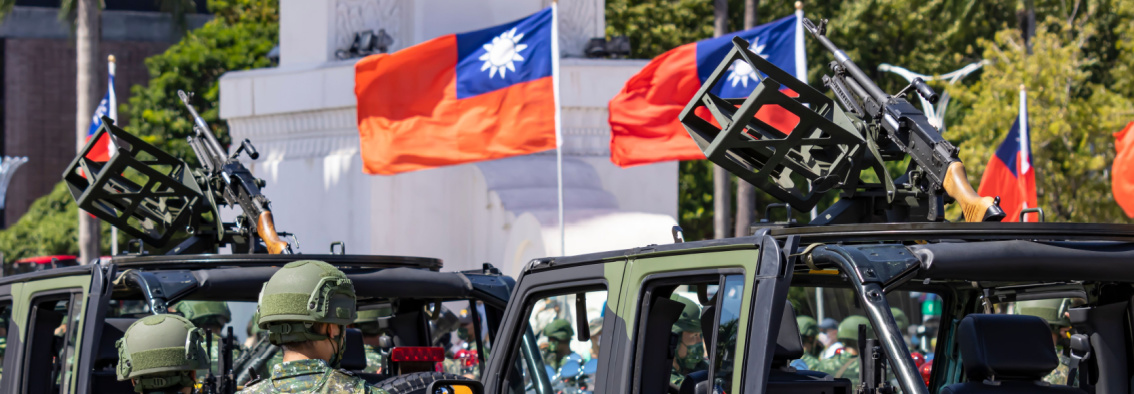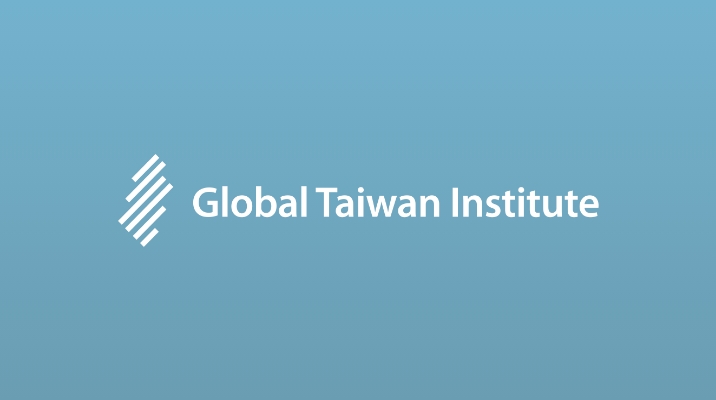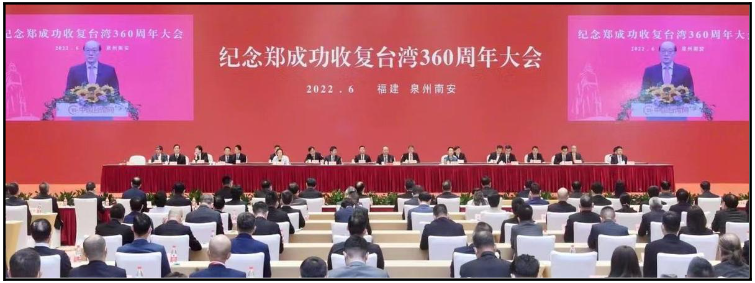Explosions of missile strikes, civilian screams and bloody shores — this is the grim scenario that Chinese propaganda wishes to relay to the Taiwanese public, one in which “peaceful reunification” is the only path to avoid annihilation. Many Taiwanese fear that they are woefully unprepared for such a situation: three in ten residents express “no confidence” in their armed forces, while fewer than half that number report “strong confidence.”
Next year, Taiwan aims to allocate NTD 949.5 billion (USD 31.27 billion) to defense, or 3.32 percent of its GDP. While such a figure is a marked improvement from the highly inadequate expenditure of the 2010s, it not only remains below that of other nations confronting similar existential threats—including Poland and Estonia—but is also dwarfed eight times over by China’s budget. Addressing this gargantuan disparity will require a three-pronged strategy: improving the military’s public image, surmounting fiscal limitations, and dispelling doubts about the effectiveness of defense spending.
Reimagining the Military’s Identity
The military itself remains an emblem of internal occupation to many in Taiwan. After the Kuomintang (KMT, 國民黨) gained control of Taiwan, Chiang Kai-shek (蔣介石) used the military to suppress the Taiwanese population, massacring an estimated 30,000 Taiwanese during the February 28 Incident of 1947 and more throughout the White Terror Period from 1949 to 1992.
Although public sentiment regarding the armed forces has mellowed since Taiwan’s democratization, lingering mistrust continues to sap public appetite to raise defense spending. In the fragile aftermath of political transition, fears over a potential coup have led successive presidents to tread cautiously and avoid sweeping reforms that might rebrand the institution with a distinct Taiwanese identity. Even today, Taiwan’s officer corps is disproportionately composed of descendants of mainland émigrés and dozens of soldiers continue to have Chinese residency permits.
To resolutely sever ties with its authoritarian legacy, Taiwan’s military needs to eradicate its image as an untrustworthy black box. For instance, the government could allow the Legislative Yuan to scrutinise the promotions of senior officers—as the Senate Armed Services Committee does in America—since this responsibility currently lies solely with the Ministry of National Defense (MND, 國防部) and the president. To allow greater public oversight and enhance public engagement, Taipei should simultaneously facilitate broader access to military installations for students and journalists, while instituting formal civil-military exchange programs to embed academics inside operational units. Although such transformative reforms may encounter resistance from a military establishment accustomed to considerable autonomy, the United States’ intensifying demands for such measures presents an invaluable opportunity to counter such opposition.
Furthermore, Taiwan’s armed forces could build further trust with the public by putting forward a more uniquely Taiwanese persona. For instance, indigenous symbols such as the Formosan black bear or the plum blossom could be used in place of Chiang Kai-shek iconography, and military institutions could be named after local resistance heroes and democratic martyrs. In addition, the Taiwanese military could better reflect Taiwan’s pluralism by translating outreach efforts into local languages—including Hakka and Taiwanese Hokkien— and by creating leadership pathways for soldiers from underrepresented demographics through specialised programs and financial grants. These might be targeted at Taiwan’s indigenous peoples in particular, who remain chronically absent from senior roles despite comprising 60 percent of some military units, even while representing only 3 percent of Taiwan’s population.
Unlocking Taiwan’s Fiscal Potential
The second impediment to expanding Taiwan’s defense funding lies in its constrained fiscal bandwidth. The island operates an exceptionally austere state apparatus, with total government outlays comprising a mere 13.7 percent of GDP, which is drastically lower than the OECD average of 49.3 percent. Such fiscal minimalism has become increasingly untenable amid other mounting economic challenges, including a rapidly aging population and global trade disruptions caused by President Donald Trump’s tariff regime.
Nevertheless, polling data reveals latent political elasticity in the public’s stance toward defense spending. While these polls indicate that reallocating expenditure from other sectors might be relatively politically unviable, some 48.7 percent of respondents were amenable to tax increases for greater defense spending, while 45.8 percent expressed opposition. To tip public opinion in favor of greater defense spending, Taiwan should eschew approaches that are more politically fraught, such as a broad-based goods-and-services tax hike, in favor of targeting those best positioned to contribute. Additionally, policymakers could mitigate opposition by framing these levies as patriotic contributions to a national defense fund, echoing the rhetoric the American government used to successfully popularize its “Victory Loan” bond program during World War Two.
One approach would be to marginally elevate the corporate tax rate by one to two percentage points above the existing 20 percent threshold. This could generate NTD 15 to 30 billion (USD 494 million to 988 million) in additional revenue while preserving Taiwan’s international competitiveness, as the resulting duties would remain below those of regional counterparts—these include South Korea and Japan, whose rates stand at 24 and 30 percent respectively. Structural advantages, such as Taiwan’s robust legal infrastructure and its geographic proximity to Asia’s financial epicenters, would also likely mitigate any capital flight due to these slight increases in corporate tax.
To further increase government funds, Taipei could also increase taxation on more affluent populations through heightened inheritance and luxury levies, and the enactment of minute capital gains taxes on dividends. While the latter may raise concerns that an economic crisis similar to the 2015 market backlash might occur, the current predominance of domestic investors within Taiwan’s stock market—as evidenced by Taiwan’s meagre FDI-to-GDP ratio of 18.9 percent—suggests that the resulting volatility would likely be limited. Opposition from the financial elite is also likely to be tempered, as many belong to family-dominated conglomerates whose financial influence is inextricably linked to the domestic economy. Offshoring capital would not only tarnish their businesses’ brand images, but also result in the loss of exclusive investment channels and influential board appointments.
Transforming Budgets into Bulwarks
Skepticism that defense expenditure is wasteful, and potentially even counterproductive, has also become so deeply ingrained that it now permeates the highest echelons of the legislature. Earlier this year, the KMT denounced portions of the defense budget as “excessive,” slashing NTD 8.4 billion (USD 277 million) and freezing an additional NTD 90 billion (USD 2.96 billion), despite the fact that these funds were earmarked for essential operational needs, from pilot training to aircraft fuel. A sizable proportion of voters also fear that escalating military outlays could incite public anxiety, deterring foreign investment and bolstering support for diplomatic reunification with China to avert a conflict perceived to be “unwinnable.” Moreover, with 61 percent of Taiwanese believing that a Chinese invasion is improbable within the next five years, public concerns that raising defense spending might unnecessarily provoke Beijing into military confrontation persist.
Compounding this reluctance is mounting frustration with America over its failure to deliver on defense procurement commitments. The current backlog of US military equipment amounts to a staggering USD 21.5 billion, leading many taxpayers to question the efficacy of increased defense spending and eroding political capital among pro-defense legislators. For instance, Taiwan had planned to receive 40 M109A6 self-propelled howitzers by the end of 2025, yet only six are expected to arrive in 2026. This predicament is also mirrored in the planned acquisitions of F-16V fighter jets, Abrams tanks, anti-tank missile systems, amongst other items.
Taipei should therefore flip this narrative on its head, emphasizing that insufficient defense spending would embolden China to consider an invasion of Taiwan. Historical precedent offers a compelling illustration: during the 1996 Taiwan Strait crisis, the deployment of two American naval battle groups successfully defused Chinese aggression rather than inflaming it. Embracing this argument would be especially effective given Trump’s vacillations on US commitment to Taiwan’s defense and persistent calls for the island to significantly boost its military budget, whereas America would be more likely to support Taiwan if it demonstrated a strong will to fight.
Addressing delays in Taiwan’s defense procurement poses a more formidable challenge, especially as the United States’ preoccupation with Ukraine limits prospects for prioritizing Taiwan in current American arms sales. As a result, Taiwan’s fiscal resources could instead be redirected to nurture a more robust domestic defense-industrial complex—an emerging sector whose prioritization of asymmetric warfare capabilities, including its rapid development of anti-ship missiles and unmanned surface vehicles, may prove paramount. This strategy would be most effective if Taiwan follows Ukraine’s example by emphasizing drone technologies, while also focusing on non-cutting-edge equipment such as small arms and landmines, where upholding US technological superiority is less critical. It would also likely be politically popular since it would stimulate vast employment across a broad range of skill levels, encompassing a variety of fields from basic manufacturing to sophisticated research and development.
The main point: From operating just four weathered submarines to facing a severe shortage of conscript trainers, Taiwan must urgently bolster its deterrent to command the respect of China, its allies, and its own people. This can be achieved through a three-prong approach: improving the military’s public image, surmounting fiscal limitations, and dispelling doubts about the effectiveness of defense expenditure.





